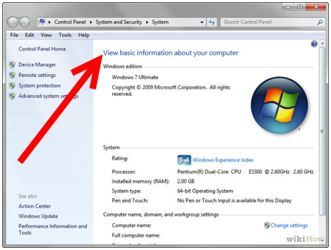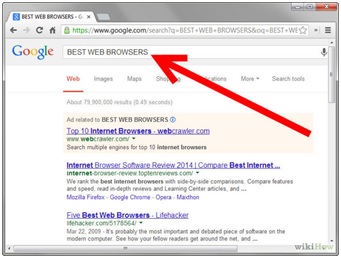CHOOSING THE BEST BROWSER TO SUIT YOUR REQUIREMENTS
FINDING THE BEST BROWSER ACCORDING TO THE USERS REQUIREMENT

Browsers are the key to the Internet these days, at least for most tasks. There are many, many browsers for every platform and operating system, so the choice can be tough. However, this should help narrow the search.

Step 1: Determine the age of your computer. How old is your computer? Is it a mobile device? Know your systems specifications as this may be more suited to some browsers than others.

Step 2: Think about your ideal browser; what would it be able to do? You may want it to be quite simple, handling only the bare necessities. You may want some basic features like web feed reading, bookmarking (favorites), or search boxes. Some browsers have a lot more, and that's where it starts to get confusing.
Step 3: Make sure you know what platform you are on. Some browsers are only available to a certain operating system, or not available to one operating system.
Step 4: Research browsers. Tabbed browsers include Safari (runs on OS X, iPhone and is new to Windows), Firefox (general purpose with the most plug-ins), Opera(supports torrents, handles e-mail and runs on mobile devices), Konqueror (dual purpose file manager), Seamonkey (includes HTML editor and e-mail client), Off By One (tiny) and Flock (social networking).
Step 5: See the features of all browsers you have found, and compare with what you want.
Step 6: Consider alternative lower-memory browsers, if you have low computer memory. Consider Off by One, Dillo, SkipStone and NetSurf.
Step 7: Consider a text-based browser, if you want an even faster-than-fast(maximum speed/hyperdrive) experience. Consider ELinks.
Step 8: Find out if you can add features you may want or if there is an easy method to doing so such as an existing plugin or extension in the case of Firefox.
Step 9: Download and install your new browser!
REFERENCE:








Comments
Post a Comment